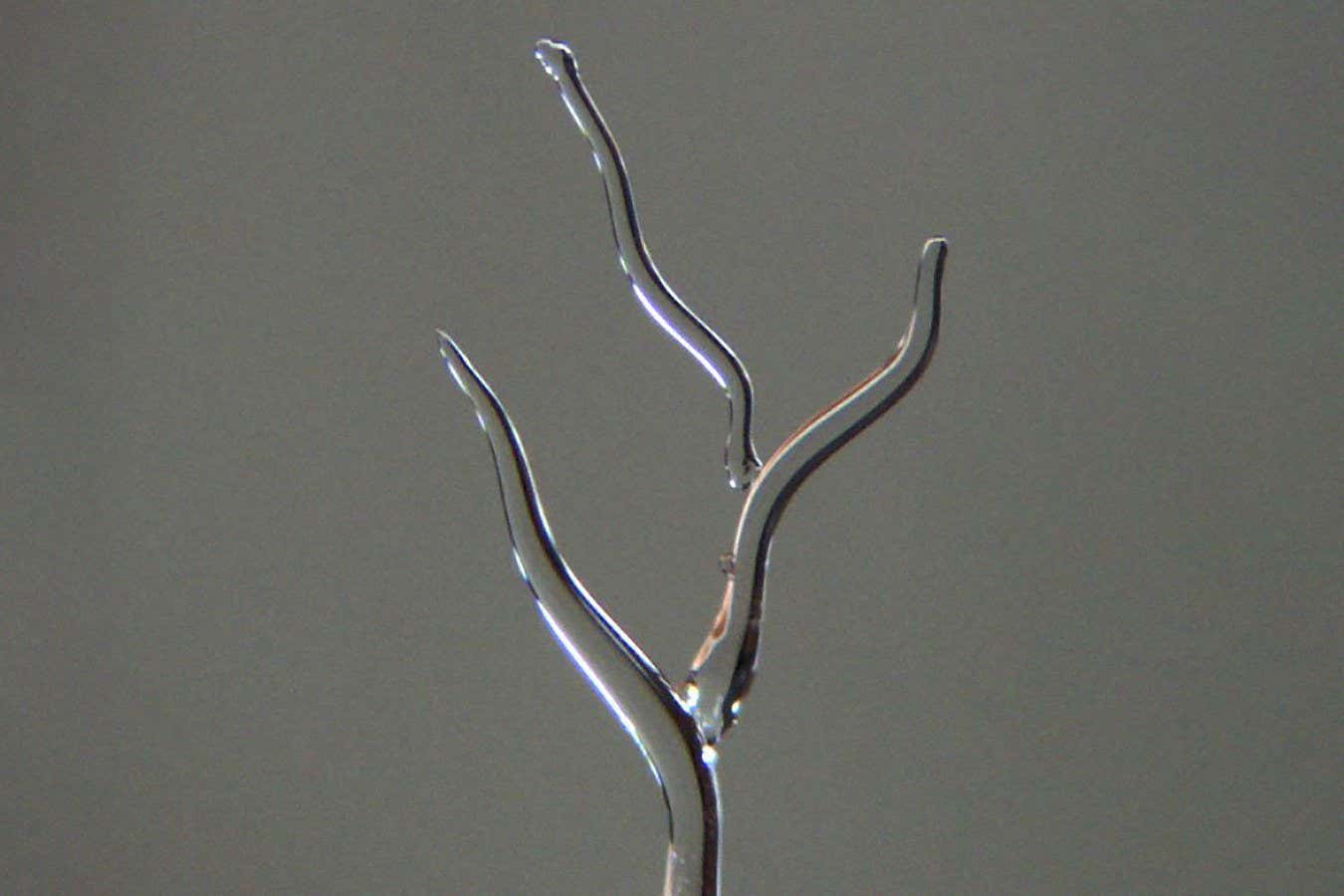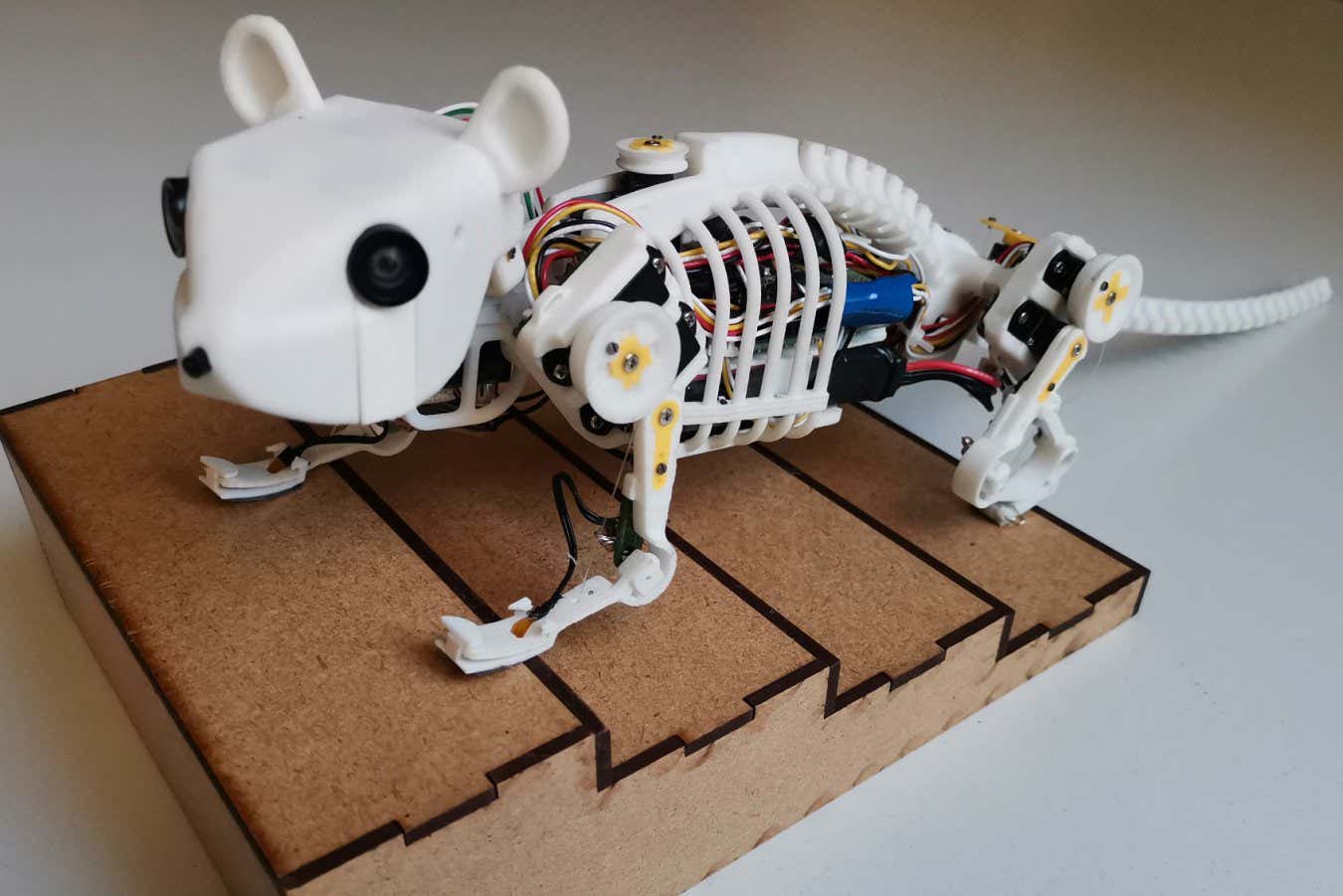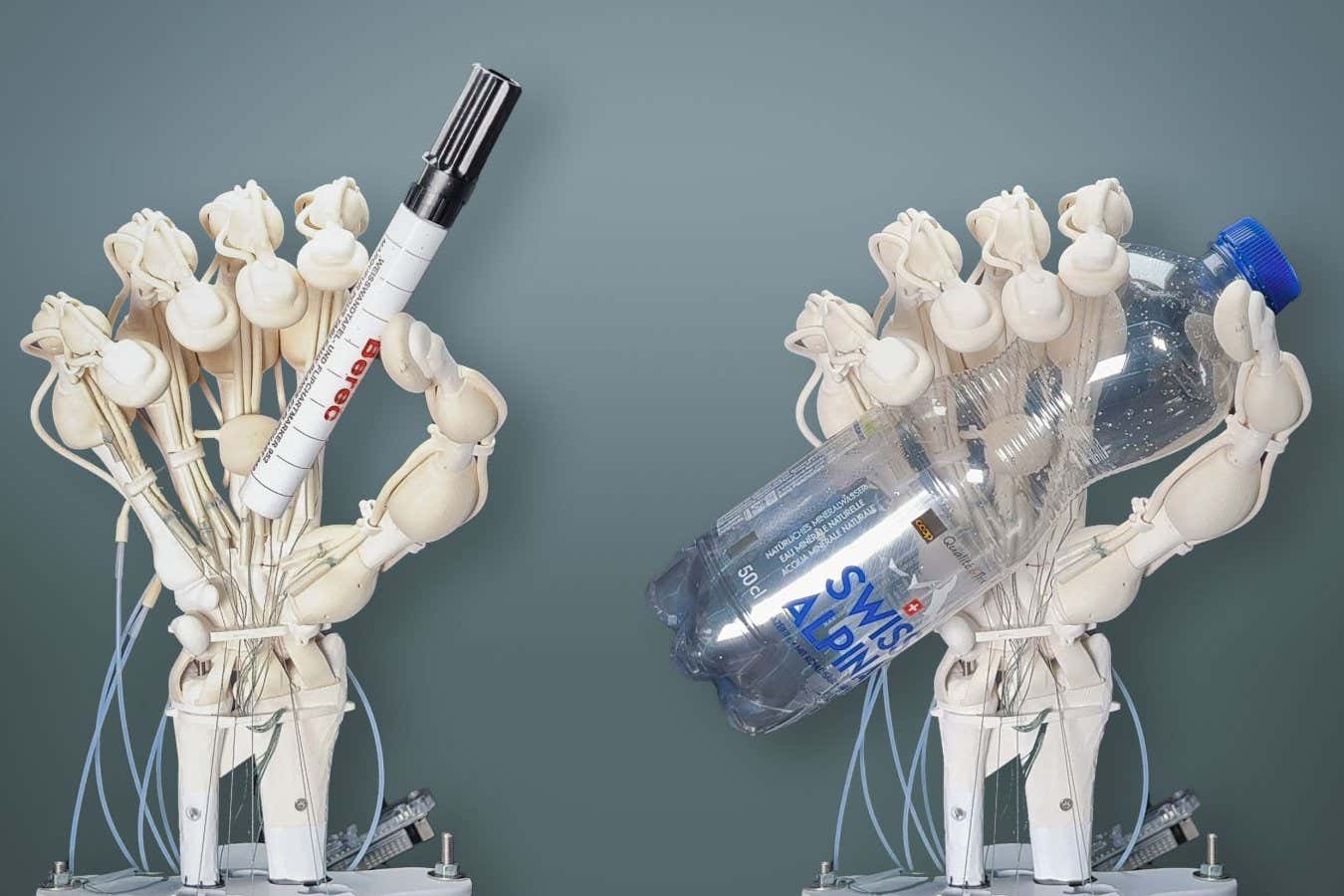Blood vessels made with 3D-printed ice could improve lab-grown organs
A 3D-printed ice template of blood vessels Philip LeDuc et al./Carnegie Mellon University Complex artificial organs could be created by 3D printing a mould of veins, arteries and capillaries in ice, casting that in organic material and then allowing the ice to melt away, resulting in a delicate, hollow network. This leaves a space for … Read more





